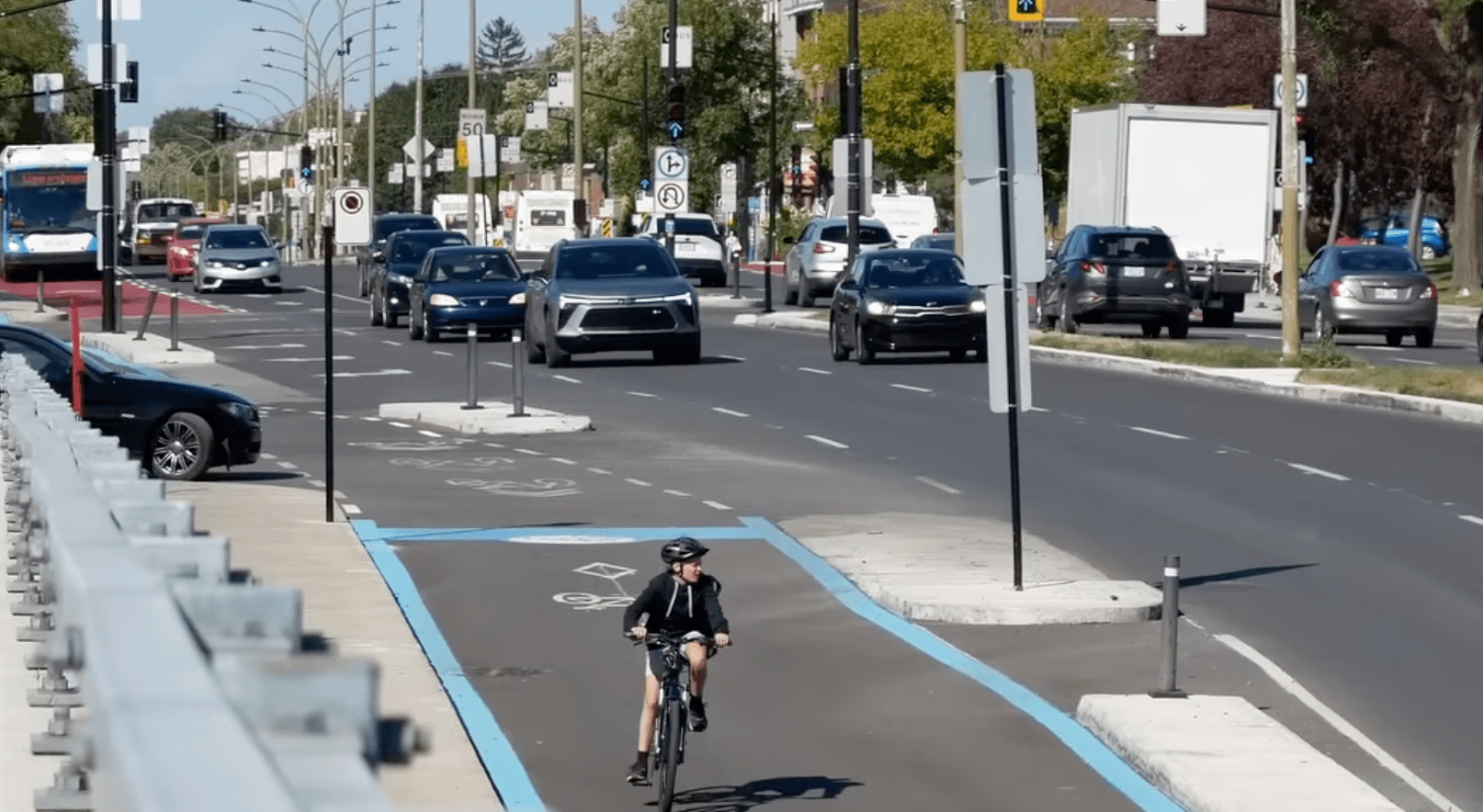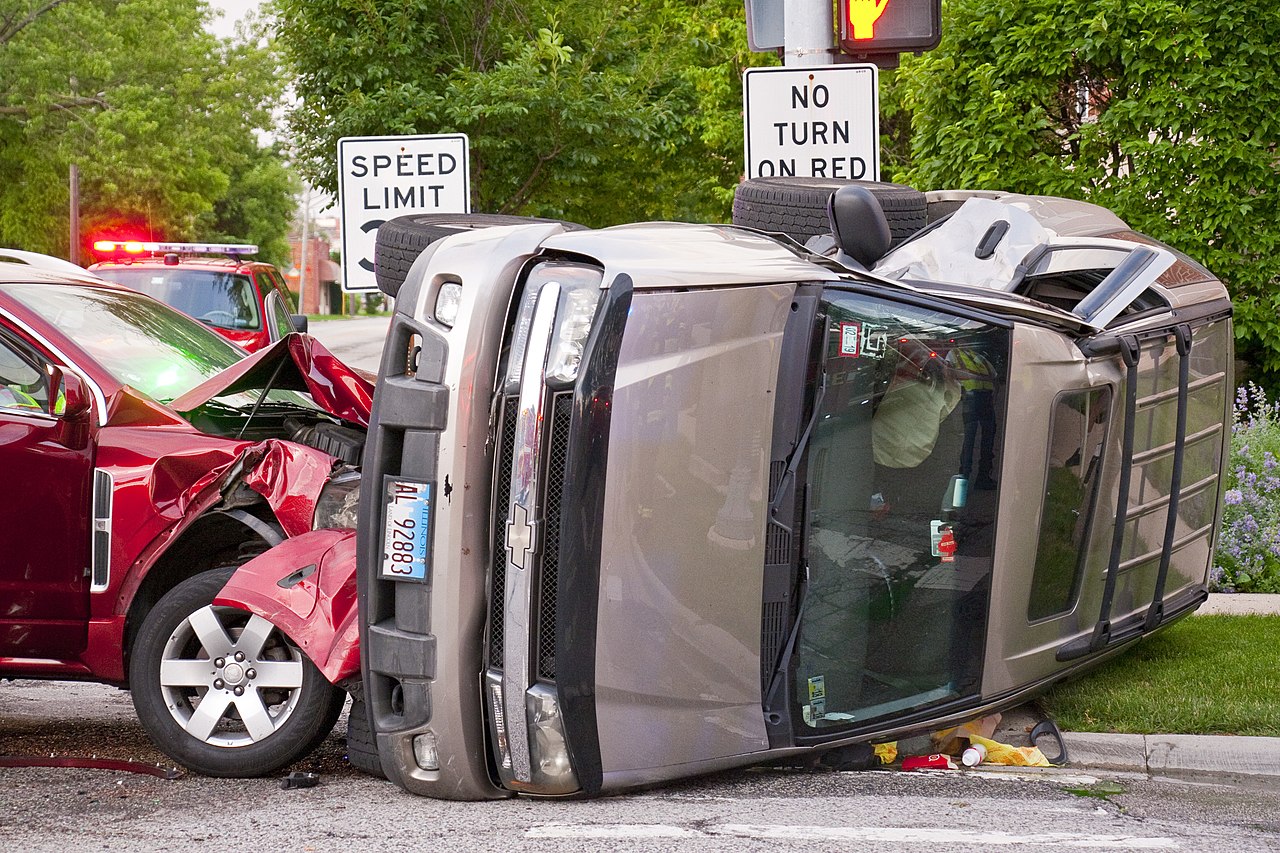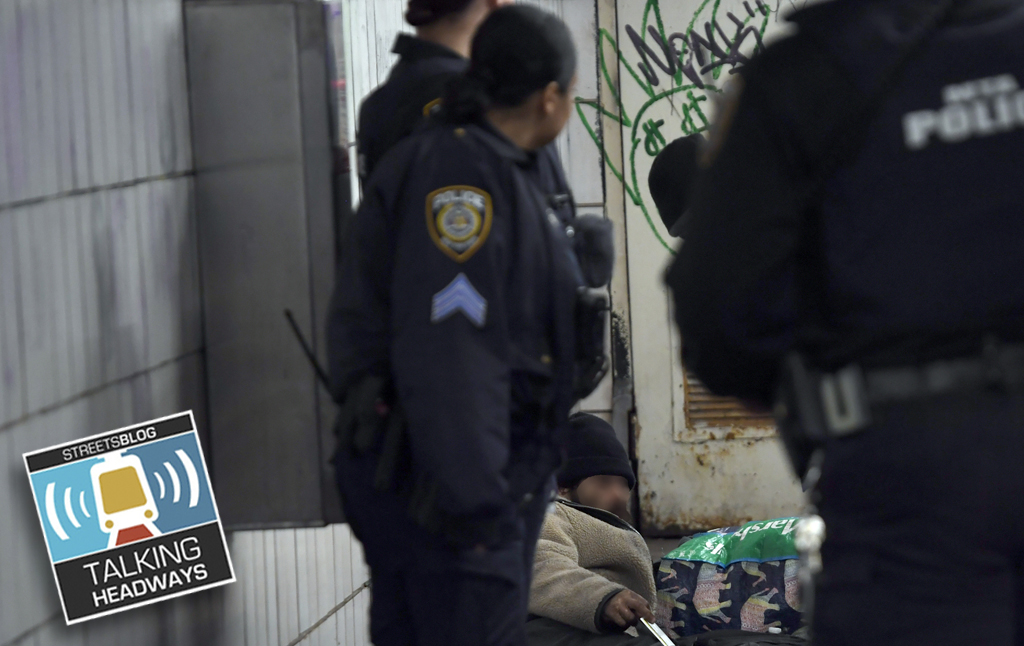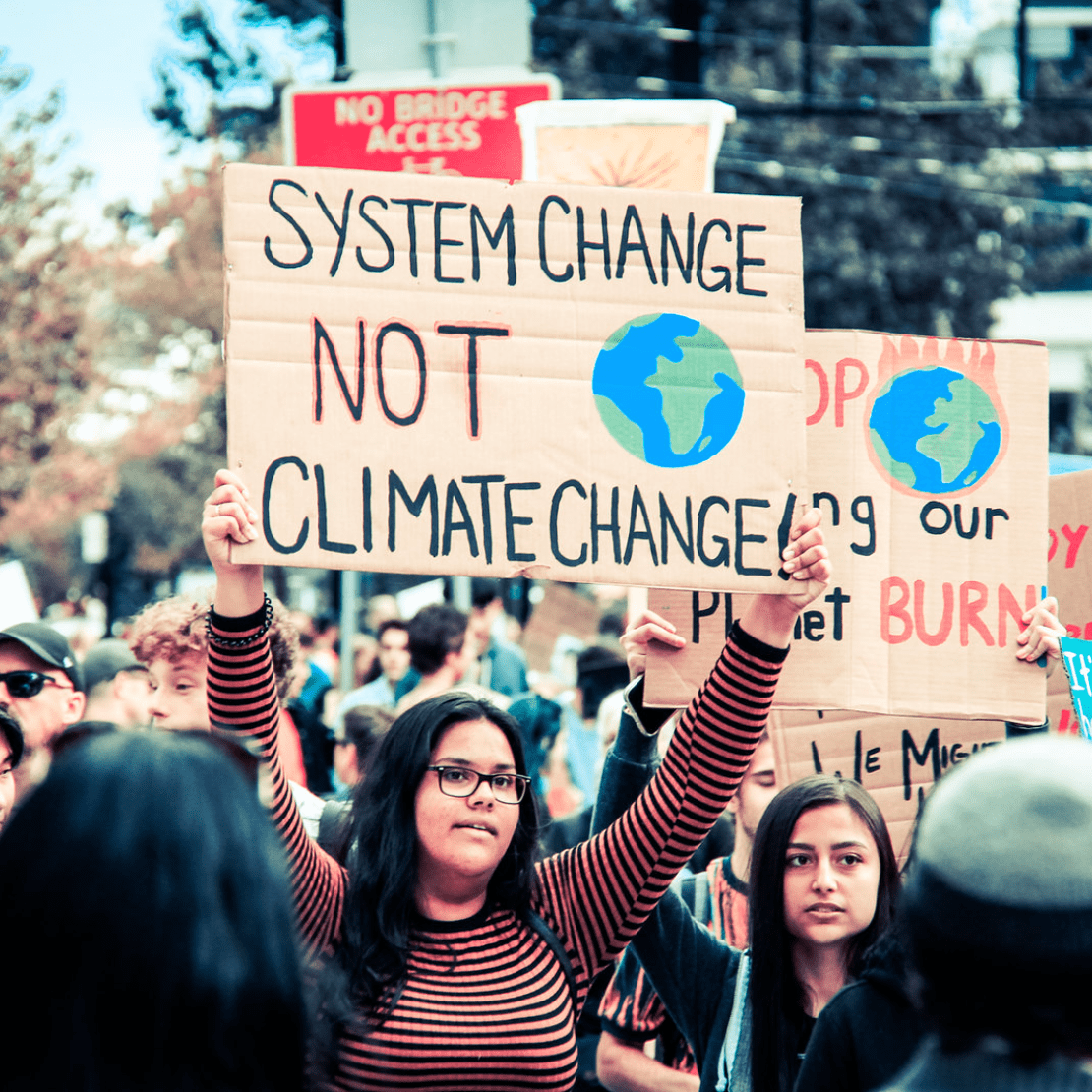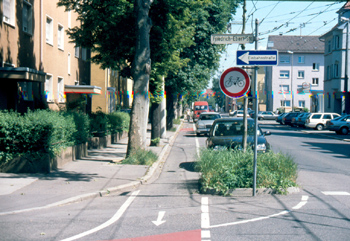
Earlier this week, 12 senators, led by Tom Harkin (D-IA), introduced the Complete Streets Act of 2011 (S.1056), a companion to the House bill we reported on a few weeks back. The purpose of the bills is to push states and metropolitan planning organizations to fully consider incorporating pedestrian and bicycle safety measures when roads are built or reconstructed.
Like the House version, the Senate bill [PDF] would require states and MPOs to craft and adhere to complete streets policies. It goes further than the House bill, however, in that it also requires agencies to consider cyclists, pedestrians, and transit when building roads with federal funds. Both bills have been weakened from a previous incarnation, however -- they no longer carry penalties for noncompliance.
Complete streets are streets with safe places for everyone, whether they're in a car, on foot, on a bicycle, or riding transit. Some "street treatments" that are used to make streets more complete are sidewalks, bike lanes, special bus lanes, comfortable and accessible public transportation stops, frequent and safe crossing opportunities, median islands, accessible pedestrian signals, curb extensions, narrower travel lanes, and roundabouts, just to name a few.
Twenty-five states and more than 200 local jurisdictions have adopted Complete Streets policies. Every state except Maine, Nevada, Alaska and South Dakota has at least one city or town that has enacted a Complete Streets policy, according to a recent report [PDF]. According to the National Complete Streets Coalition:
The power of the Complete Streets movement is that it fundamentally redefines what a street is intended to do, what goals a transportation agency is going to meet, and how the community will spend its transportation money. It breaks down the traditional separation of “highways,” “transit,” and “biking/walking,” and instead focuses on the desired outcome of a transportation system that supports safe use of the roadway for everyone, by whatever means they are traveling.
The importance of the legislation is underscored by this week’s release of “Dangerous by Design,” a report by Transportation for America on pedestrian fatalities caused, many times, by streets designed without consideration for people on foot.
Bill sponsor Tom Harkin understands the connection between autocentric street design and health and safety. “In many places across the country, there is a complete lack of sidewalks and bike lanes,” said Sen. Harkin in a statement upon release of the legislation. “This not only makes our roadways more dangerous for pedestrians, it discourages people from being more active by walking or riding a bike.”
While complete streets advocates were able to get a Republican co-sponsor, Steve LaTourette, in the House, they had no such luck in the Senate. The only non-Democrat among the 12 co-sponsors is Independent Bernie Sanders of Vermont.
However, Republicans at the state and local level have supported such legislation, as do a wide range of organizations that have signed on. Here's a list of supporters:
- AARP
- Alliance for Biking and Walking
- America Bikes
- America Walks
- American Association for Health Education
- American Planning Association
- American Public Health Association
- American Public Transportation Association
- Association of Pedestrian and Bicycle Professionals
- Bicycle Transportation Alliance
- Defeat Diabetes Foundation
- League of American Bicyclists
- NARP
- National Association of Area Agencies on Aging
- National Association of Realtors
- National Center for Walking and Biking
- National Complete Streets Coalition
- Paralyzed Veterans of America
- Rails-to-Trails Conservancy
- Safe Routes to School National Partnership
- Sierra Club
- Smart Growth America
- Transportation Choices Coalition
- Transportation for America
- Trust for America's Health
- YMCA of the USA


